Dyer technique - Dubberly 3A shear injury (right)
Score and Comment on this Case
Clinical Details
Clinical and radiological findings: This 50 ish woman had just completed her cancer treatment before sustaining bilateral injuries. Here I present the right - which ended up being the "easy one".
Preoperative Plan
Planning remarks: place holder
Surgical Discussion
Operative remarks:In the skinny wire technique the smooth wires are trapped under a plate. This prevents their migration, and allows use of smooth wires. I believe that linking them together also increases overall strength of the construct (like O'Driscoll's original description of using the keystone of an arch with non-locking screws). The capture of the smooth wire prevents migration, which mitigates the need for threaded wires, and there is some "give" of flexibility of the wire, such that if captured at the plate (typically laterally) and fixed in solid bone in the medial column, the midportion will give a dynamic push, but allow for some collapse with healing. IF there's some exposure of the wired down the road, at least it's smooth. The wires are easy to get out if needed, and lastly, i've found smooth wires are available in Ethiopia when I go there, and threaded are not. In any case, next time you are all using distal, subchondral wires, try locking them under a plate like Dyer showed us and see what you think. Attached is my favorite skinny wire cases - there is one headless screw, otherwise only a few dollars of hardware, even in the US. Case credit: Dr Rick Papandrea.
Postoperative protocol: No postoperative splinting.
Orthopaedic implants used: I used the 1/3 tubular plate, wires and an single screw.
Search for Related Literature
Industry Sponsership
contact us for advertising opportunities
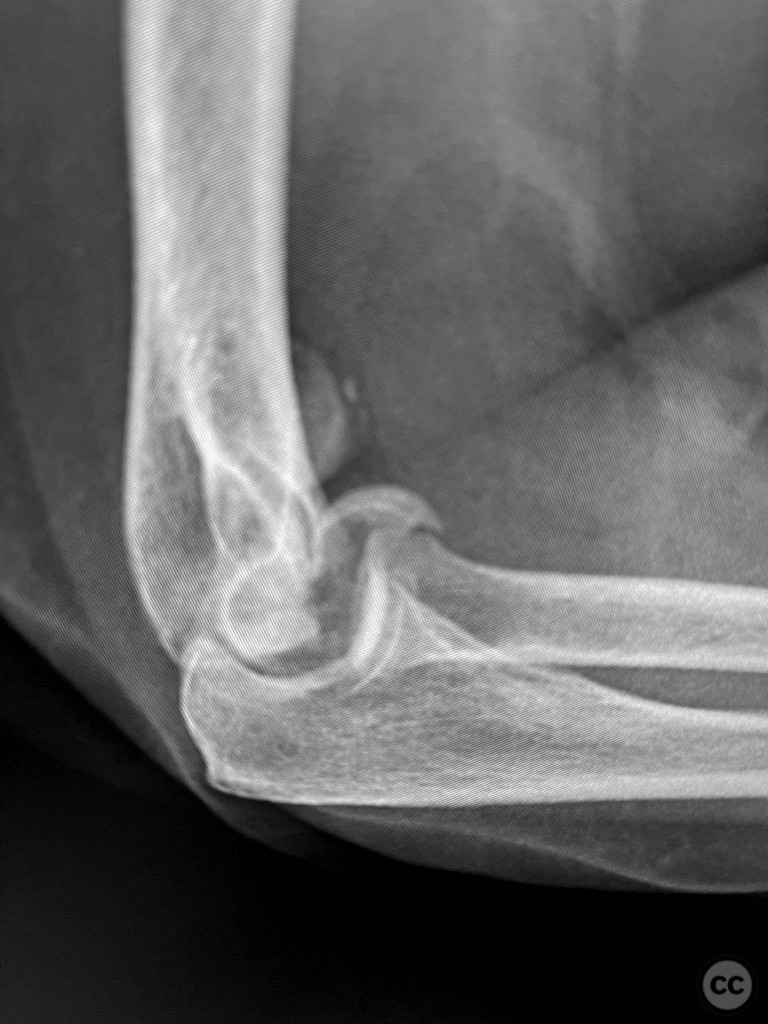
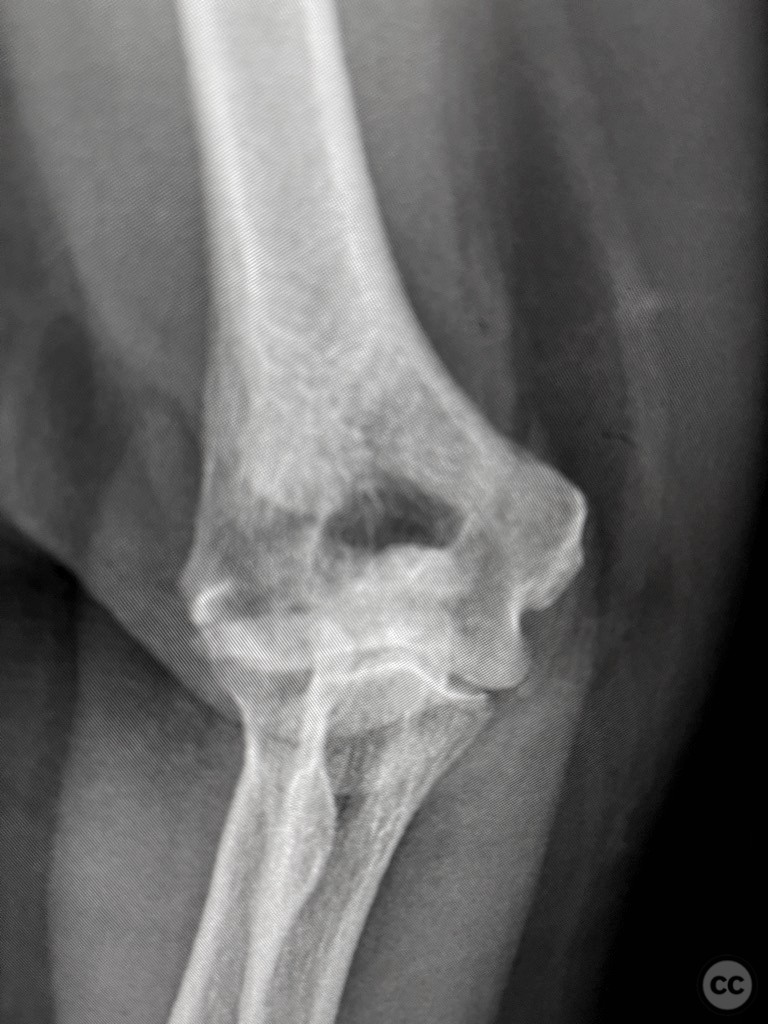
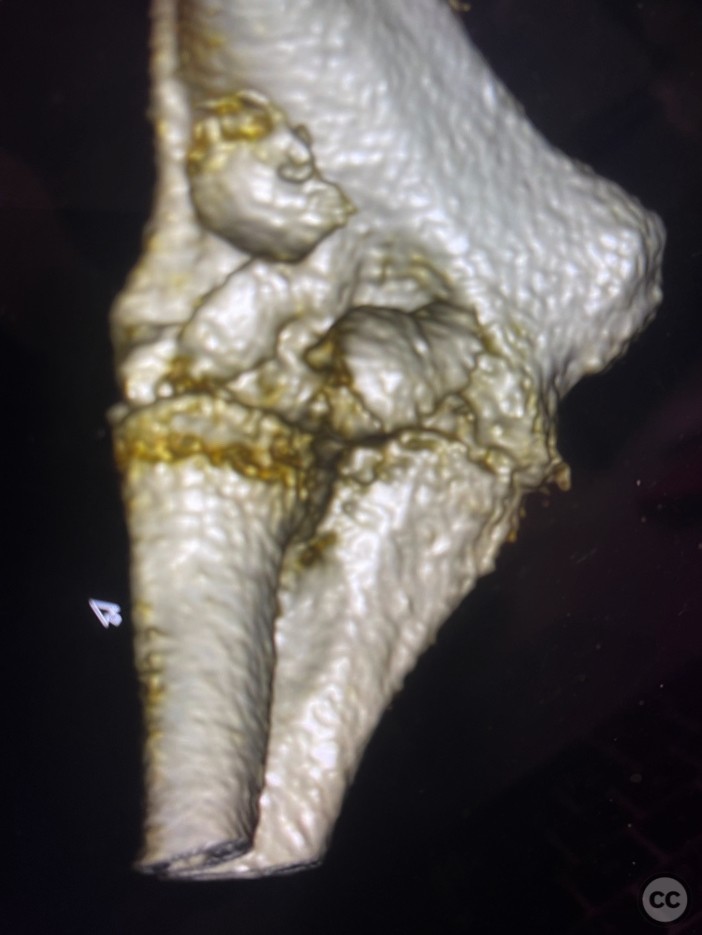
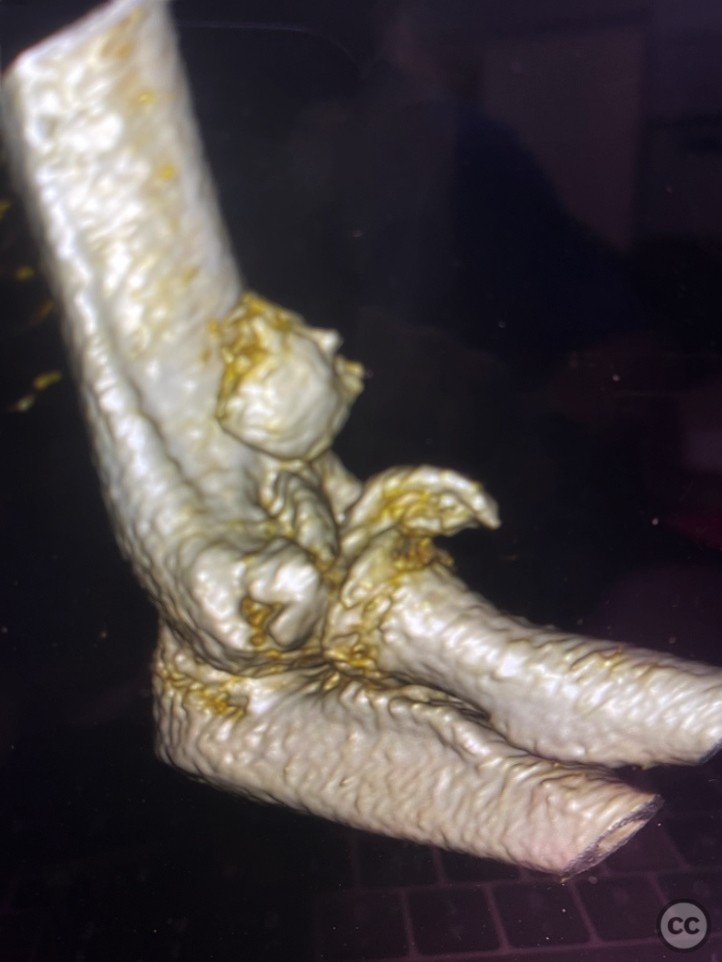
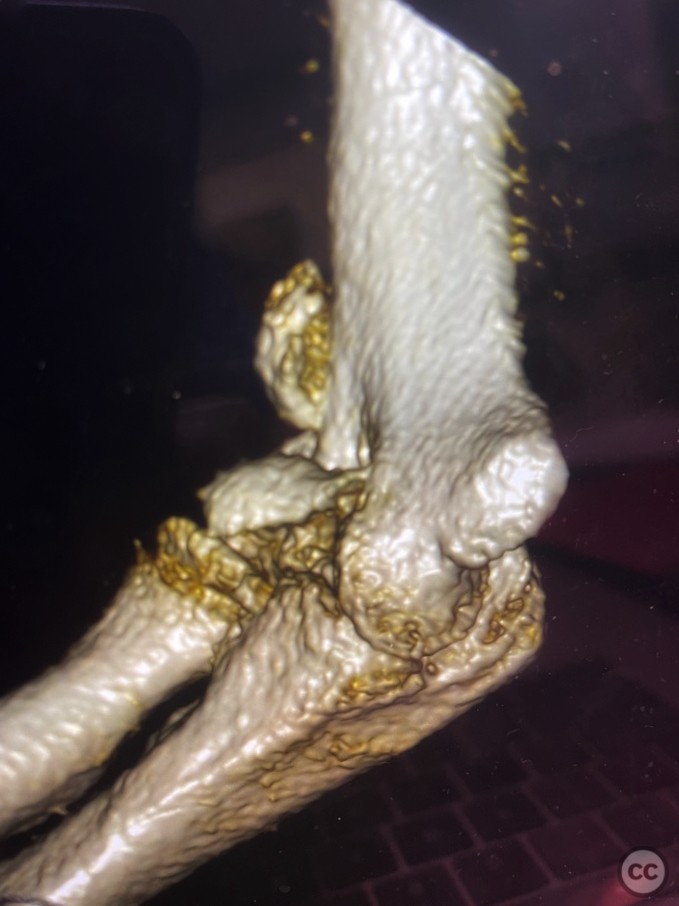
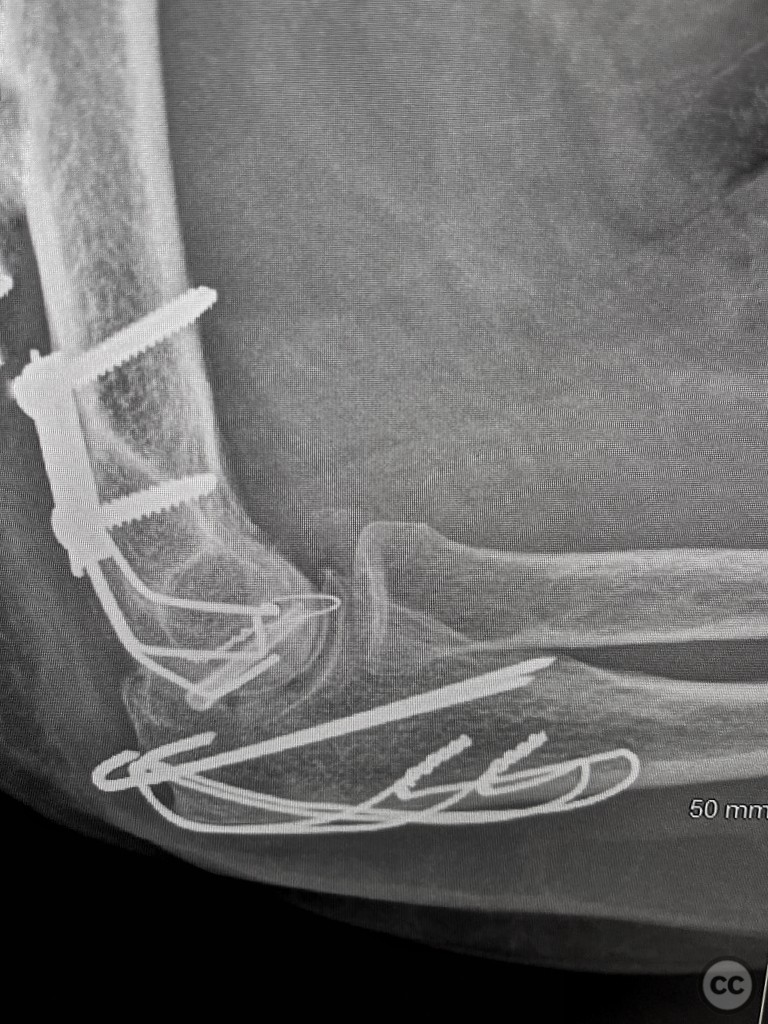
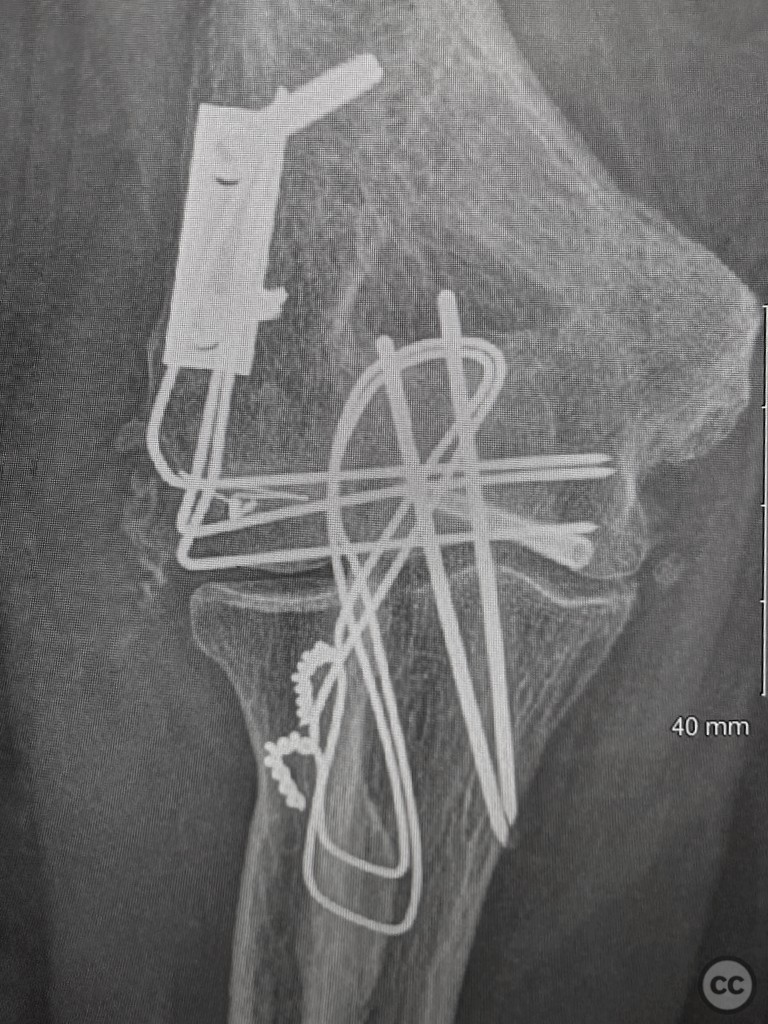


Article viewed 791 times
05 Feb 2023
Add to Bookmarks
Full Citation
Cite this article:
Mundi, C.. (2023). Dyer technique - Dubberly 3A shear injury (right). Journal of Orthopaedic Surgery and Traumatology. Case Report 35837233 Published Online Feb 05 2023.